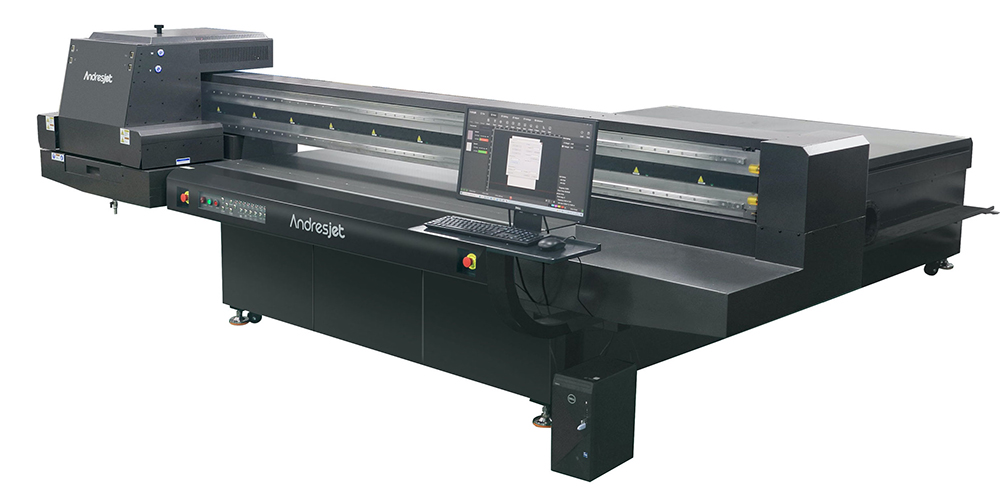What is the Printing Principle of UV Flatbed Printers?
What is the Printing Principle of UV Flatbed Printers?
UV flatbed printers have revolutionized the printing industry, offering a unique combination of versatility, efficiency, and quality. These printers are capable of printing on various materials, including glass, ceramics, metals, plastics, and even wood, making them a popular choice for a wide range of applications. But what exactly is the printing principle behind these remarkable machines?

The printing principle of UV flatbed printers primarily involves three key components: the printing process, color reproduction, and imaging technology. Let’s delve into each of these aspects to understand how they contribute to the overall printing mechanism.
Printing Process:
UV flatbed printers employ a piezoelectric inkjet printing technology, which is fundamentally different from other printing methods like thermal bubble jet or dot matrix. In piezoelectric printing, the ink droplets are ejected from the printhead nozzles by a piezoelectric crystal that expands and contracts rapidly when an electric voltage is applied. This controlled expansion and contraction force the ink out of the nozzle, creating precise and consistent droplets.
Unlike traditional printing methods that require plates, films, or other intermediate media, UV flatbed printers can directly print on the substrate. This direct-to-substrate printing eliminates several pre-press steps, significantly reducing setup time and cost.
Color Reproduction:
Color reproduction in UV flatbed printers relies on the CMYK color model (Cyan, Magenta, Yellow, and Black), which is the standard for most color printing processes. However, UV printers often include additional colors like white (W) and specialty colors to enhance the color gamut and provide more printing options.
The color software used in UV flatbed printers, such as PhotoPRINT, Montalvo, or RIP, allows for precise color management. These software packages enable operators to adjust color profiles, ensure color consistency, and optimize print quality based on the specific characteristics of the substrate.
One notable feature of UV flatbed printers is their ability to create special effects like embossing or raised print, often achieved by using white ink as a base layer. By building up layers of ink, the printer can simulate a three-dimensional effect on a flat surface.
Imaging Technology:
The key to the rapid drying and durable finish of UV prints lies in the UV curing process. UV inks contain photo-initiators that react with UV light, triggering a polymerization process that hardens the ink. This curing happens almost instantaneously when the ink is exposed to UV light, resulting in a durable, scratch-resistant, and water-resistant print.
UV flatbed printers are equipped with UV lamps that emit ultraviolet light in the required spectrum to activate the curing process. These lamps are positioned close to the printed surface, ensuring that the ink is exposed to a sufficient amount of UV light to cure properly.
The combination of piezoelectric printing, advanced color reproduction techniques, and UV curing technology makes UV flatbed printers highly versatile and efficient. They can handle short-run jobs as well as large-scale productions, making them suitable for a wide range of industries, including advertising, packaging, and even fine art reproduction.
Conclusion:
UV flatbed printers offer a unique blend of precision, versatility, and efficiency, making them a valuable asset in today’s printing industry. Their ability to print directly on various substrates, combined with advanced color reproduction and rapid curing technology, sets them apart from traditional printing methods.
As the demand for customized and short-run prints continues to grow, UV flatbed printers are poised to become even more integral to the printing landscape. Their adaptability and high-quality output make them a compelling choice for businesses seeking to expand their printing capabilities and meet the evolving needs of their customers.
